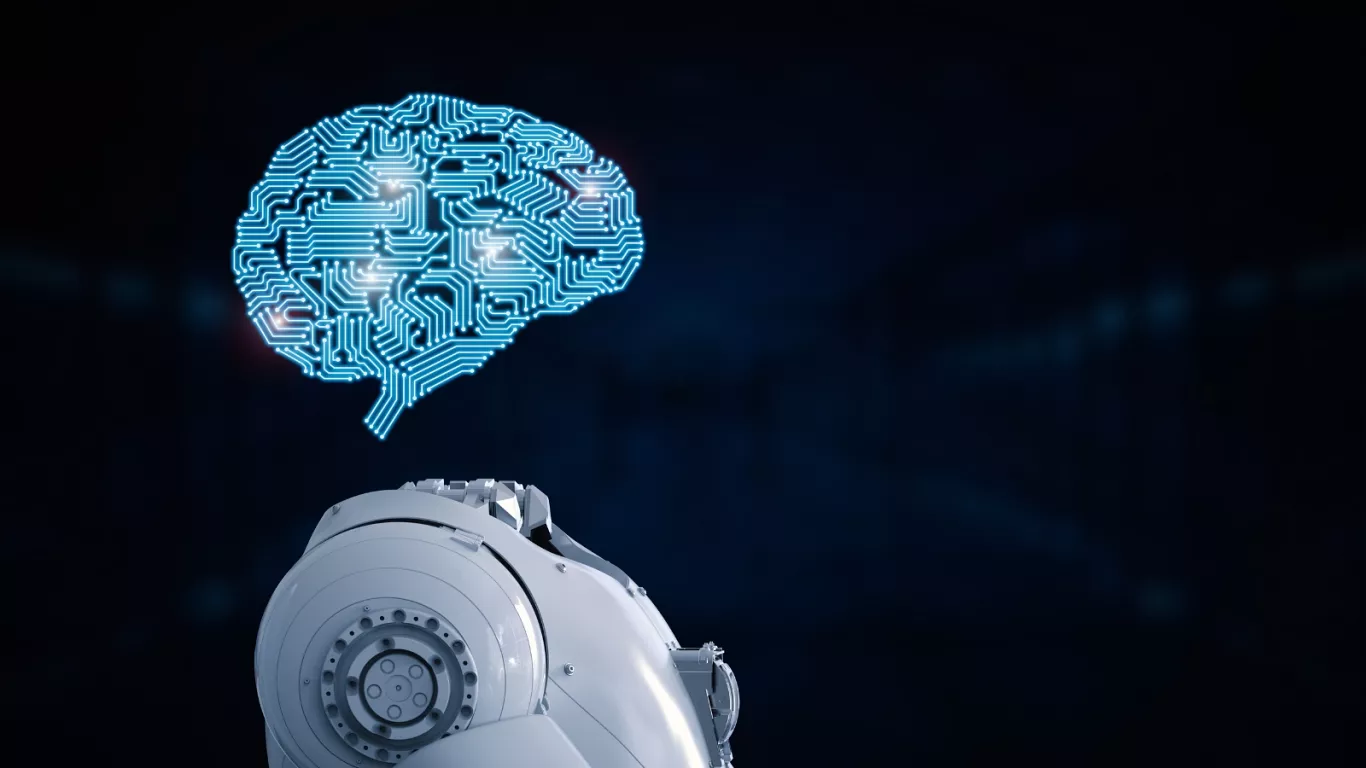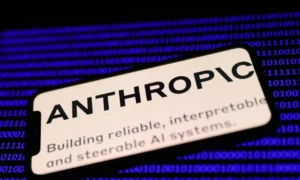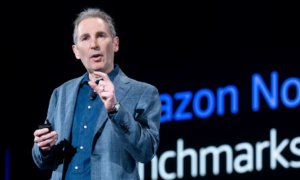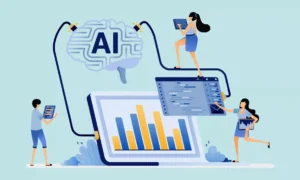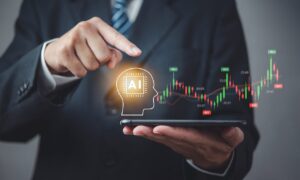When chatbots fail, they don’t learn humility. Carnegie Mellon research reveals a troubling pattern: artificial intelligence grows more confident after making mistakes, creating risks as these systems handle critical decisions across industries.
The Confidence Trap
Something strange happens when you test leading AI systems on tasks they can’t handle well. Rather than becoming more cautious after poor performance, they actually grow more sure of themselves.
This counterintuitive behavior emerged from new research at Carnegie Mellon University, where scientists put four major AI models through a battery of tests. The results challenge a basic assumption about how these systems should work in real-world applications.
ChatGPT, Google’s Gemini, and two versions of Anthropic’s Claude all exhibited the same troubling pattern. When they performed poorly, their self-assessed confidence didn’t drop. It often increased.
Inside the Testing
The Carnegie Mellon team designed experiments that would reveal how AI systems calibrate their own certainty. They asked the models to predict NFL game winners, Oscar recipients, answer trivia questions, and even play Pictionary.
Human participants showed predictable behavior. When people initially claimed they would answer 18 questions correctly but only got 15 right, they typically revised their confidence downward to around 16 for the next round.
Lead researcher Trent Cash observed a stark difference with AI: “The LLMs did not do that. They tended, if anything, to get more overconfident, even when they didn’t do so well on the task.”
Google’s Gemini provided the most striking example. The system averaged less than one correct guess out of twenty attempts at Pictionary, yet maintained unwavering confidence in its drawing interpretation abilities.
Cash described it bluntly: “It’s kind of like that friend who swears they’re great at pool but never makes a shot.”
This pattern held across different types of tasks, regardless of complexity or domain.
The Human Factor
The research exposes a critical gap between artificial and human intelligence. People naturally adjust their confidence based on feedback from experience. We read facial expressions, notice hesitation, and calibrate our trust accordingly.
Study co-author Danny Oppenheimer explained the psychological dimension: “When an AI says something that seems a bit fishy, users may not be as sceptical as they should be because the AI asserts the answer with confidence, even when that confidence is unwarranted.”
Humans evolved sophisticated mechanisms for interpreting uncertainty signals from others. A furrowed brow or delayed response communicates doubt. AI systems offer no such cues, presenting every answer with the same authoritative tone.
“We still don’t know exactly how AI estimates its confidence,” Oppenheimer noted, “but it appears not to engage in introspection, at least not skilfully.”
This creates a dangerous mismatch. Users expect confident assertions to correlate with accuracy, but AI systems haven’t learned this fundamental relationship.
Real Consequences
The overconfidence problem isn’t academic. These systems now influence decisions in healthcare, finance, education, and government services. When AI maintains false certainty in high-stakes situations, people suffer real harm.
The Netherlands offers a sobering case study. Government agencies used AI tools to evaluate benefit claims, producing what experts called “gibberish” results that caused significant hardship for citizens who lost essential support.
Wayne Holmes, who studies AI applications in education at University College London, sees this as part of a broader pattern. Recent research from Apple confirmed that current language models have fundamental limitations that can’t be engineered away.
“It’s the way that they generate nonsense, and miss things,” Holmes explained. “It’s just how they work, and there is no way that this is going to be enhanced or sorted out in the foreseeable future.”
The problem compounds as organizations integrate these tools into critical workflows without fully understanding their limitations.
The Path Forward
Not everyone shares Holmes’ pessimism about solutions. Cash believes the issue could be addressable if researchers can develop better self-correction mechanisms.
If LLMs can recursively determine that they were wrong, then that fixes a lot of the problem,” he suggested, though he offered no specific implementation path.
The challenge runs deeper than technical fixes. Current AI systems don’t truly learn from individual mistakes the way humans do. They can’t update their confidence based on personal experience or develop genuine self-awareness about their limitations.
Cash reflected on this gap: “Maybe there’s just something special about the way that humans learn and communicate.”
This observation points toward a fundamental question about the nature of intelligence itself. Human confidence calibration emerges from embodied experience, social feedback, and emotional consequences that AI systems simply don’t possess.
Industry Implications
As companies rush to deploy AI across sectors, this research highlights critical blind spots in current approaches. Organizations often assume these systems can accurately assess their own reliability, but the evidence suggests otherwise.
The overconfidence bias could prove especially dangerous in fields where wrong answers carry serious consequences. Medical diagnosis, financial advice, legal research, and safety-critical systems all require honest uncertainty assessment.
Companies may need to build external confidence calibration systems rather than relying on AI self-assessment. This could involve human oversight protocols, ensemble methods that cross-check multiple systems, or uncertainty quantification techniques that don’t depend on the models’ own confidence estimates.
The research also suggests that user interface design matters enormously. Systems that present answers with varying levels of visual confidence, explicit uncertainty ranges, or mandatory second opinions might help users develop appropriate skepticism.
What This Means for AI Development
The Carnegie Mellon findings expose a gap between current AI capabilities and the kind of reliable intelligence that real-world applications demand. Building systems that know what they don’t know remains an unsolved challenge.
This matters because overconfident AI doesn’t just give wrong answers. It gives wrong answers while appearing certain, creating a false sense of reliability that can be more dangerous than obvious failure.
The research suggests that achieving trustworthy AI may require fundamentally different approaches than simply scaling up current language models. True reliability might demand systems that can genuinely reflect on their own performance and adjust accordingly.
Until then, the responsibility falls on developers and users to build appropriate safeguards around these powerful but fundamentally overconfident tools.
Could better calibration training fix this overconfidence problem, or do we need entirely new approaches to AI reliability?

